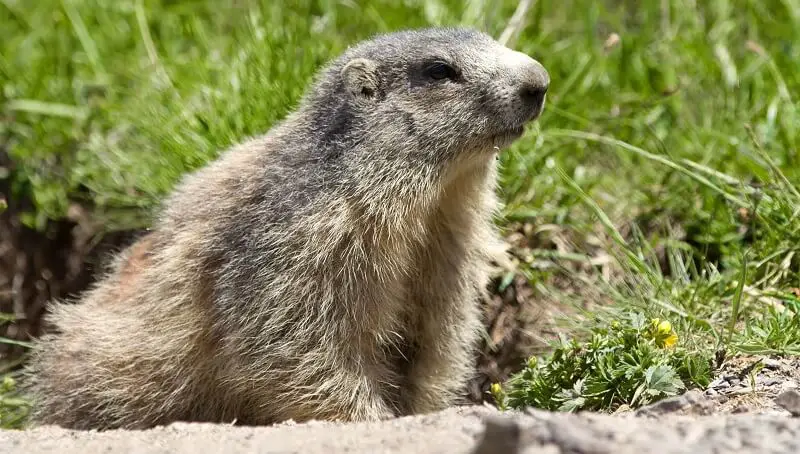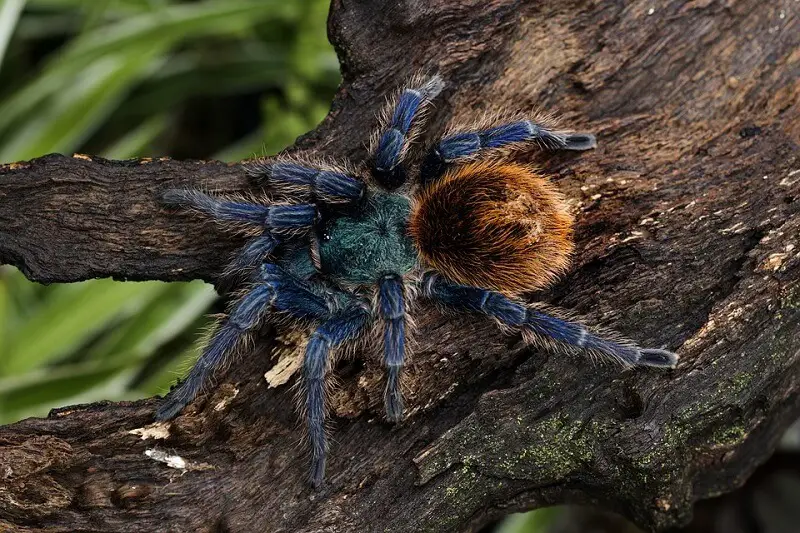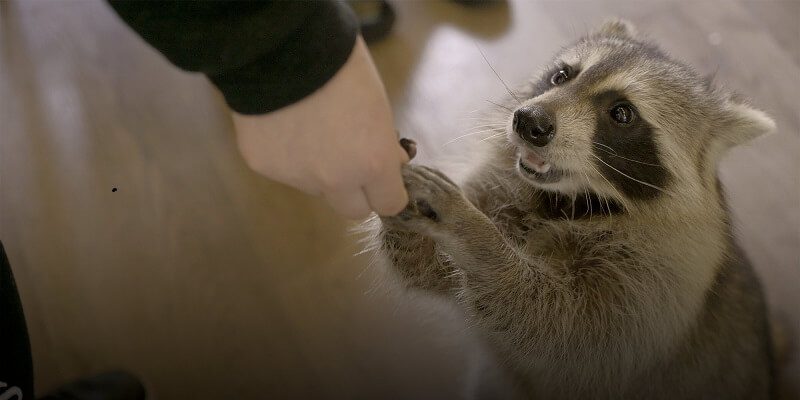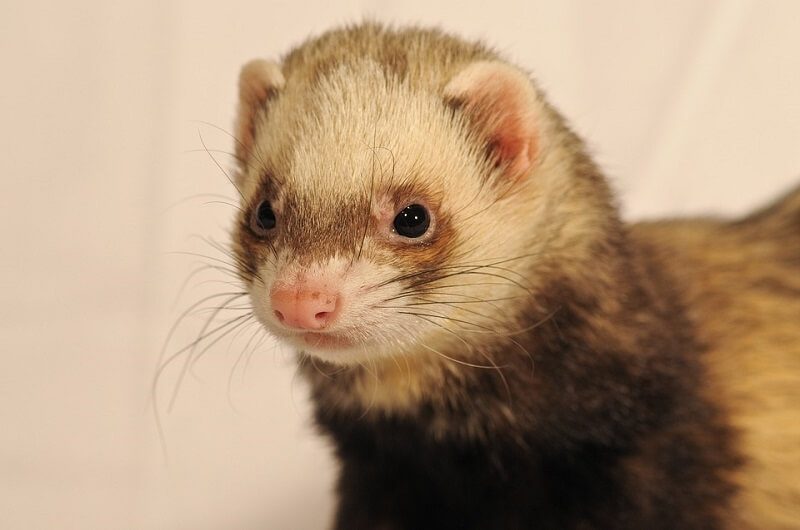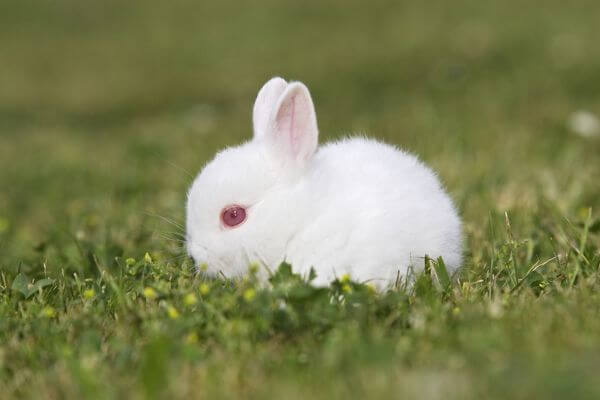Most people consider groundhogs very adorable and cuddly little creatures and they surely look like they would be great pets. But are they? This article should give you a clearer understanding of whether you should keep a groundhog as a pet or not.
These creatures are also known as whistling pigs or woodchucks. They can live somewhere between 10 and 14 years and are the biggest members of the squirrel family. Most of the other members of this species usually live in mountainous areas, but groundhogs prefer to live in lower regions. They can be found anywhere from Georgia to Alaska and are scattered all around the US.
You might also like my articles on cool groundhog names, what happens when a squirrel scratches you, and whether squirrels can survive high falls.
In the wild, they will want to hibernate during the winter season and live most of their lives in burrows. They will use the period between March and April to reproduce. The appearance of these cuddly pets shouldn’t be something to fool you. They can climb trees very fast and are considered great swimmers.
Can You have a Groundhog as a Pet?
Although most people agree that these creatures are very adorable, there are a few things you should keep in mind before going for the adoption of a groundhog as a house pet. The first thing you should know is that groundhogs are wild animals and they belong to the wild. Getting them to your home also means getting them away from their natural habitat, which would mean forcing them into a life they won’t like.
Also, once it gets dependent on humans, a groundhog will have a really hard time readapting and surviving in the wild by itself. It will also be pretty exhausting to take care of these animals, which are pretty demanding in terms of general requirements.
There are a few things you should think about if you’re on the edge about whether you should take this animal to your home and make it your pet or not.
Should you keep them outdoors?
These animals are the largest of the squirrel family, with males being considerably larger than females. They can weigh around 9 lb and will reach a height of 40 to 65 cm. Out of their full length, about 25% will be the tail.
They will really hate to live in a small cage. They will need a decent amount of space to explore and move around if you want them to have a long and healthy life.
Groundhogs are known to chew on anything that crosses their path. This means that keeping them in a house will quickly lead to carpets and furniture getting destroyed. And that’s not all. They might even reach a point where they chew on drywall. This will not only cause you discomfort but will also put the animal’s life in danger because it might start to chew on electrical wires.
They also have nails that grow considerably faster than those of humans. To trim them, these animals will scratch on all kinds of things and dig around. This is why it would be better to keep them in an open and large but also safe space.
How do groundhogs get along with other pets?
Groundhogs usually have no issues with pet cats and can actually get along with them pretty nicely.
When it comes to dogs, things aren’t at all the same. It is clear that these two types of animals don’t like each other at all. Adult groundhogs and dogs can get into really nasty fights and can really injure one another while doing so. They could only get along if you raise the groundhog from a very small age and the dog is really gentle and likes other animals in general.
How is their temperament?
When feeling threatened, they will attack to defend themselves. You will surely understand just how often you can get bitten by your fingers if you’ve ever had a hamster in the past. Groundhogs are pretty much the same. They will bite whenever they feel scared. This is why it is very important that you, as an owner, provide a space in which the groundhog can find a feeling of safety.
Depending on how well you train them and on how your children behave, they may, or may not be very friendly to the kids.
What are their feeding habits?
They are known as voracious eaters. When they don’t dig, they eat. Always. They are considered mostly herbaceous and will love to eat vegetables, fruits, grass, and nuts. Occasionally, they might also consume some types of small animals and insects.
While keeping one around your house, you can give it rabbit food.
They love garden vegetables so much that it wouldn’t be a great idea to have their enclosure too close to your garden.
Other things to keep in mind
You should check your state’s laws because most states regulate the owning of groundhogs and consider it illegal to barter, sell, or domesticate these animals. You will also need special licenses and permits to own these creatures.
Considering that most veterinarians might not be prepared to handle and treat groundhogs, it might be pretty hard to find one for periodic checks and on-demand consultations. This pet will also require a rabies shot yearly.
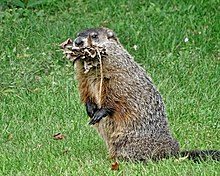 Groundhogs have to hibernate almost half of every year, between November and March. While they hibernate, it is your job to find a hibernating cage in a quiet, cool, and safe place.
Groundhogs have to hibernate almost half of every year, between November and March. While they hibernate, it is your job to find a hibernating cage in a quiet, cool, and safe place.
Groundhog Day Celebrations
Every day, on the 2nd of February, Americans celebrate Groundhog Day. The story goes that if the groundhog will come out of the burrow on this particular day, spring will officially begin. Instead, if the groundhog will go back to its burrow, the start of spring will be delayed by 6 more months.
Only if you are absolutely willing to adopt a groundhog, have prior experience with many other animals, and have the proper infrastructure to house the animal, should you get it home. Like other exotic animals that can become good pets, if you offer them enough affection and train them properly, they can become quite the companions.
